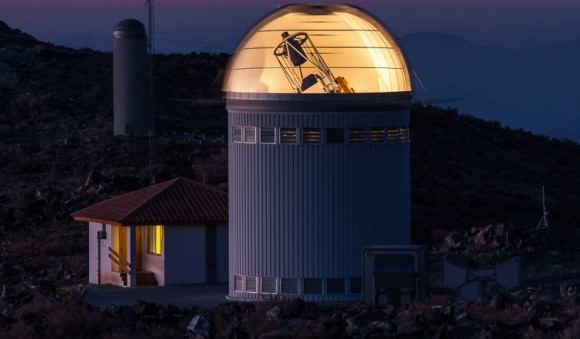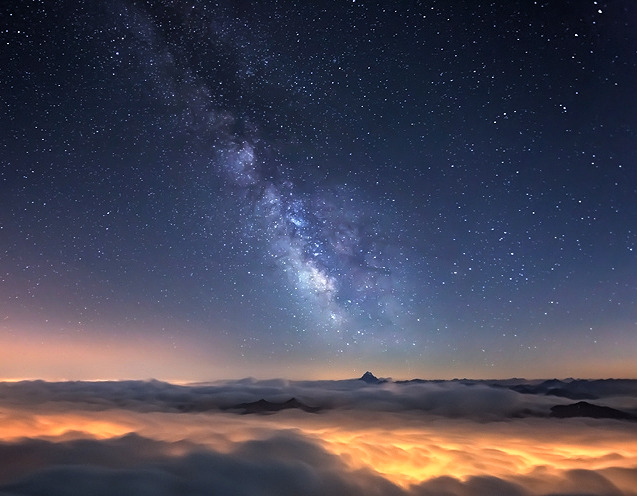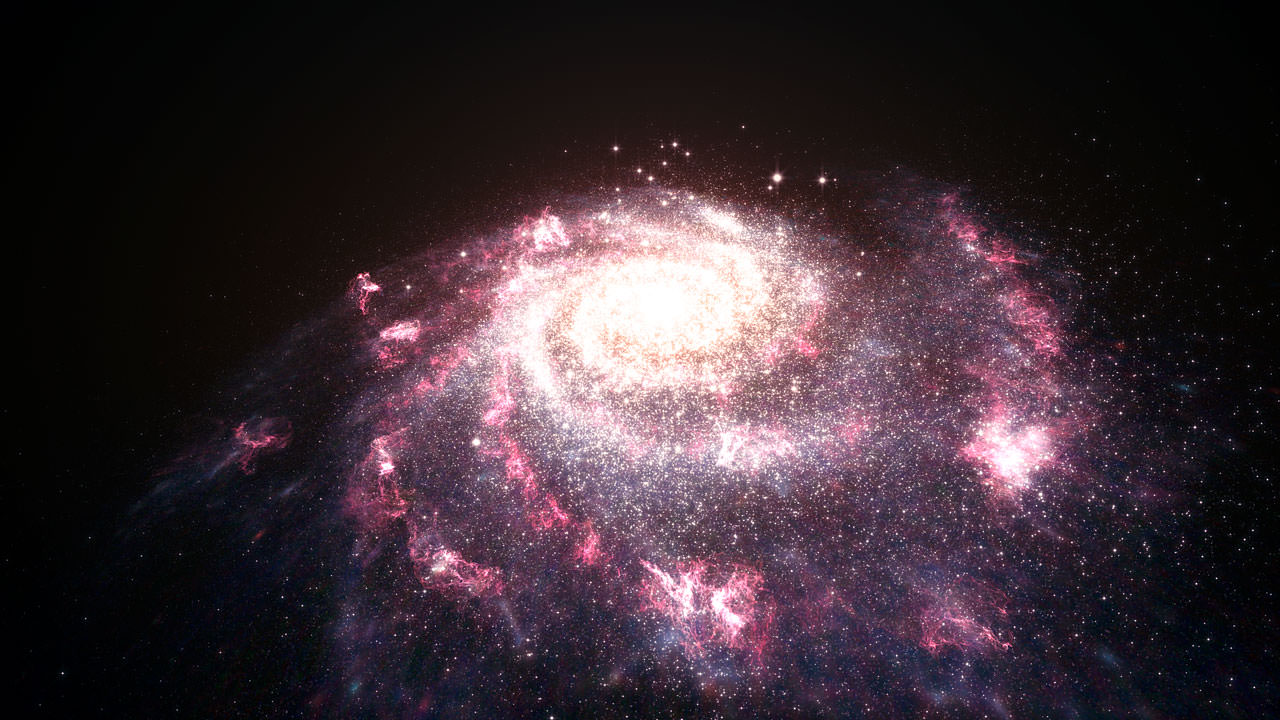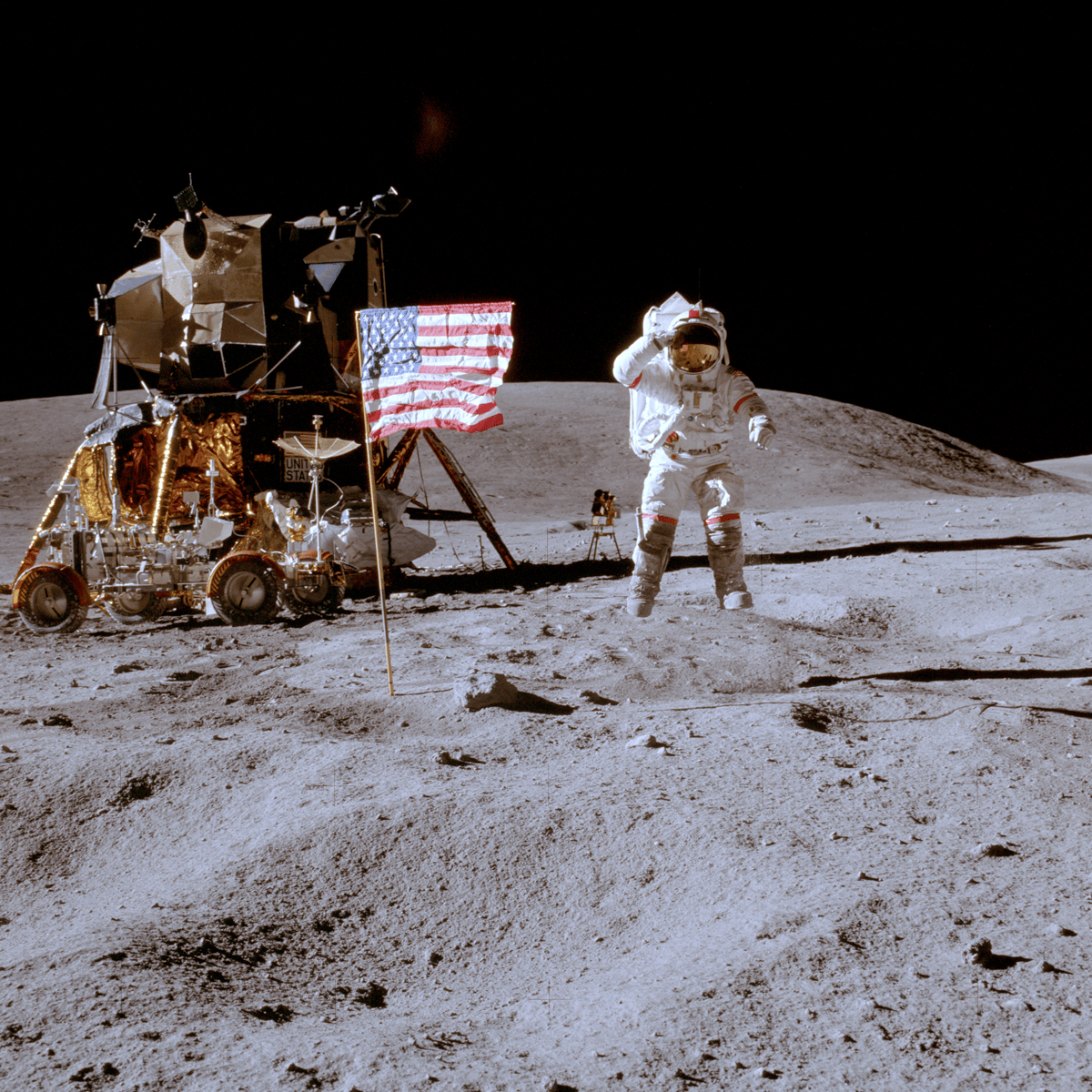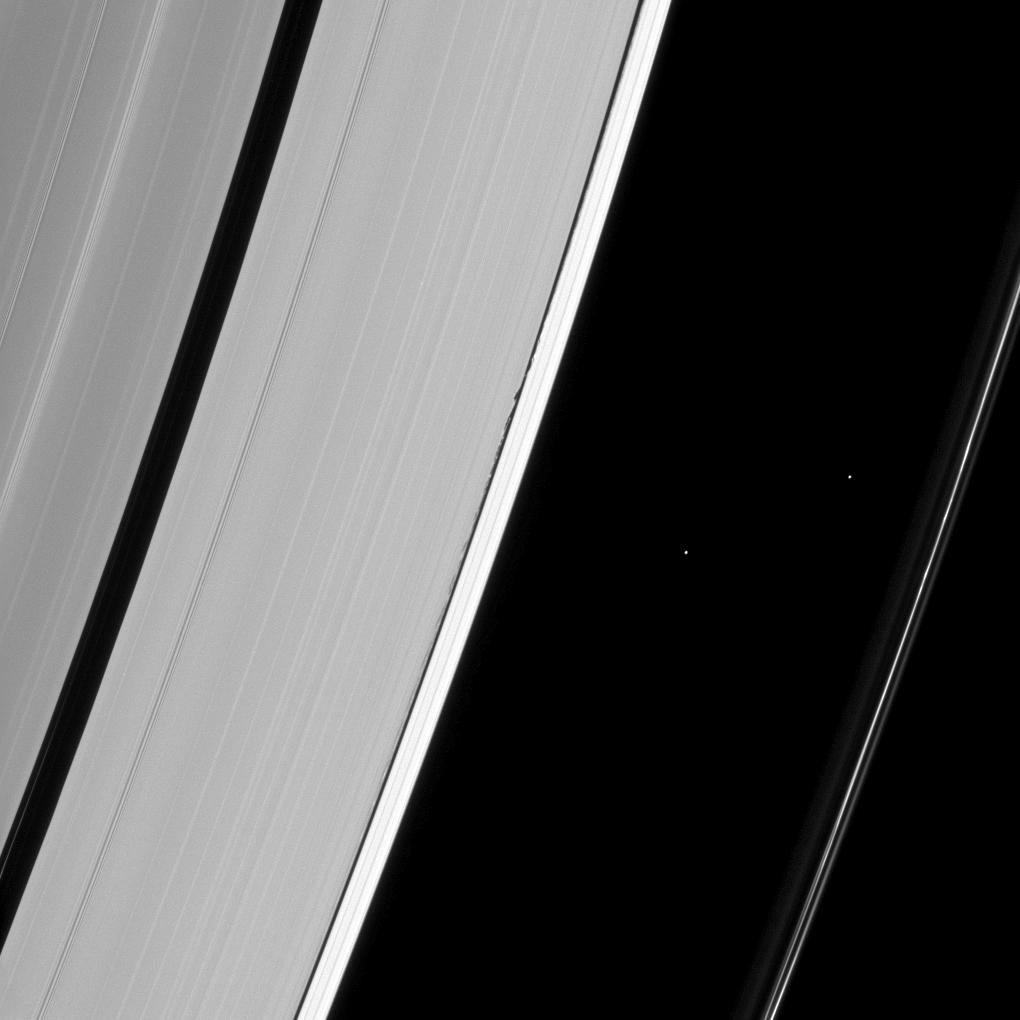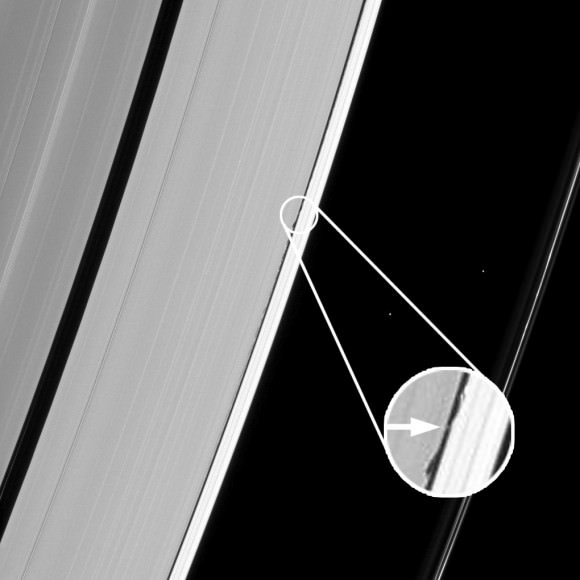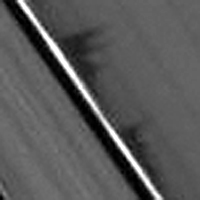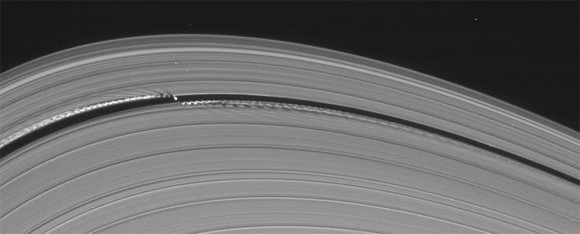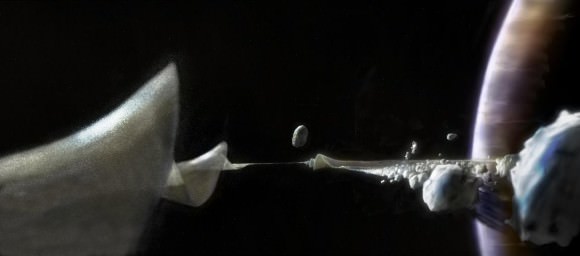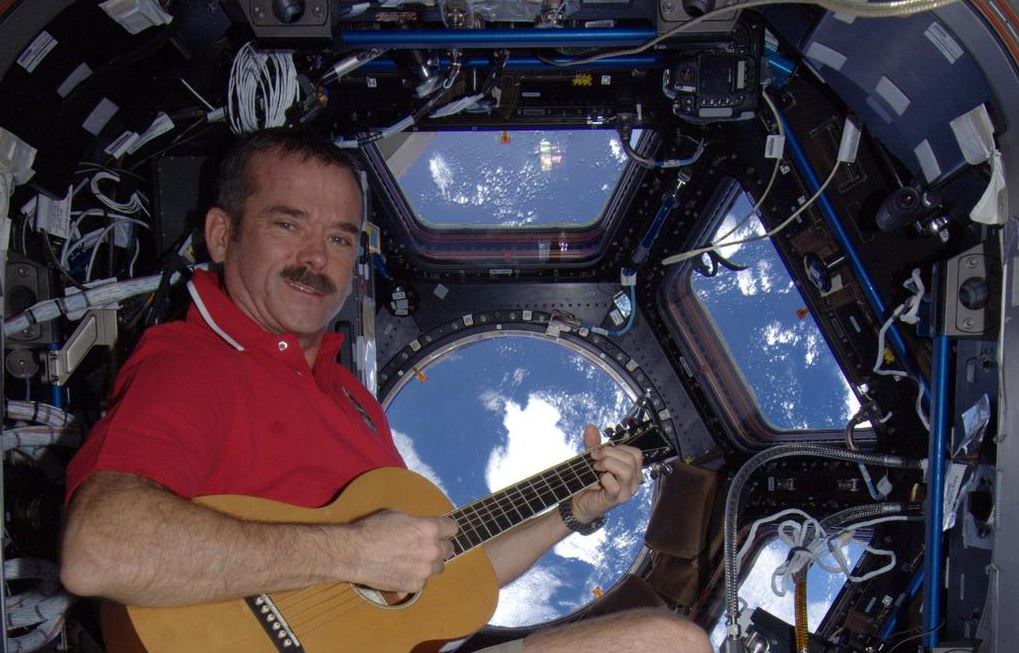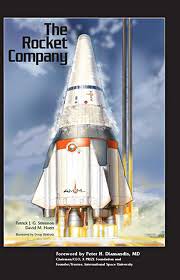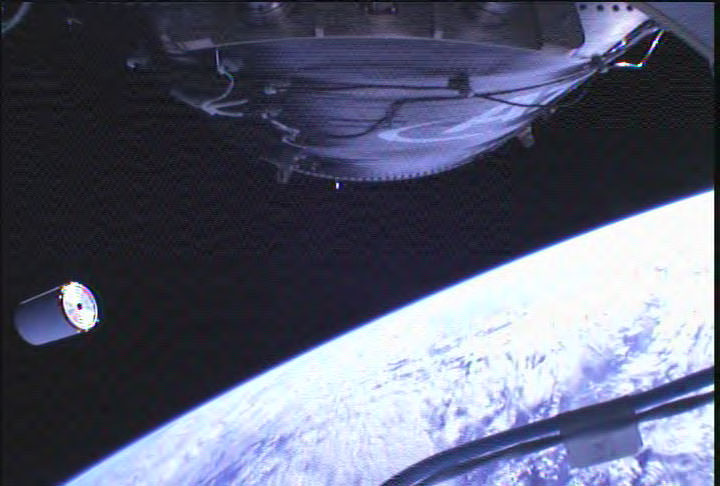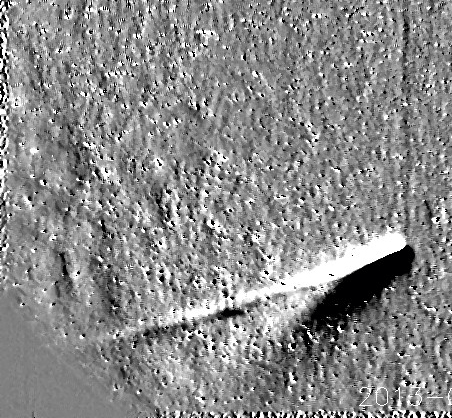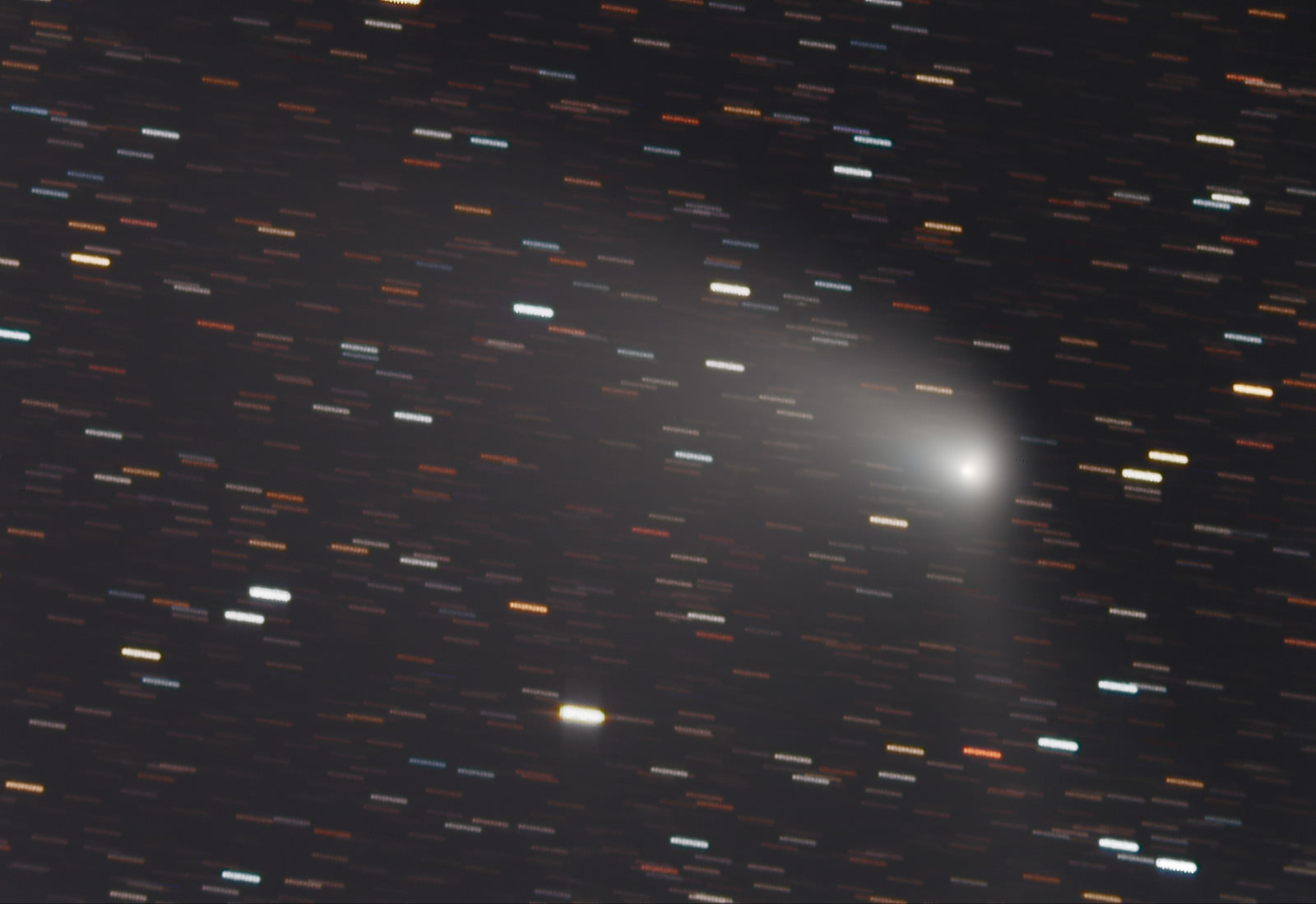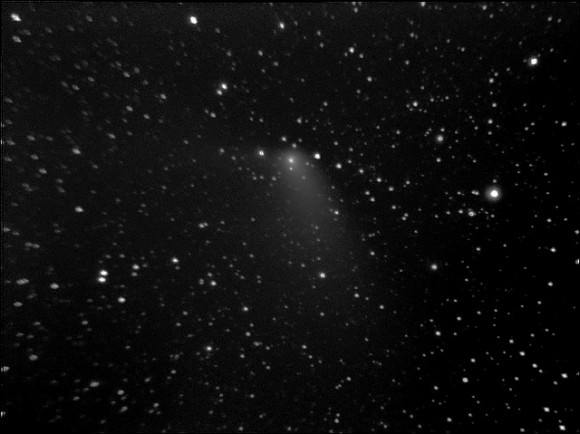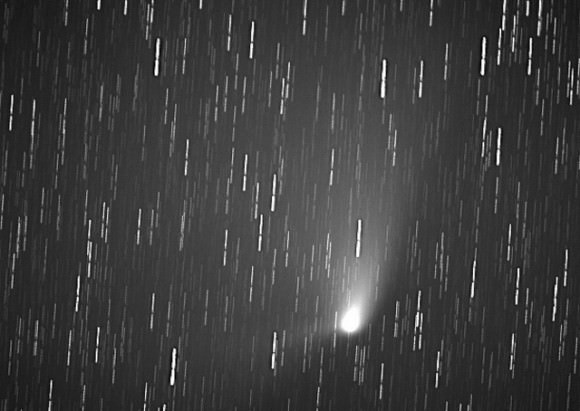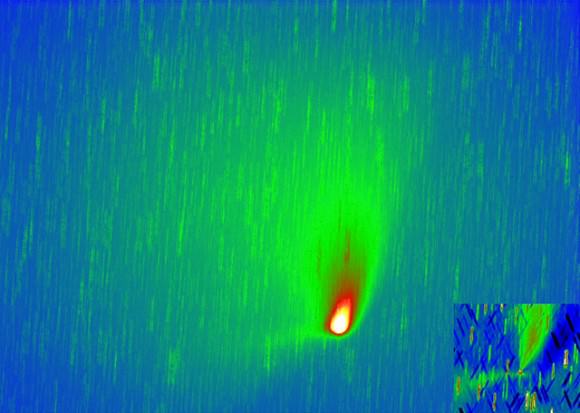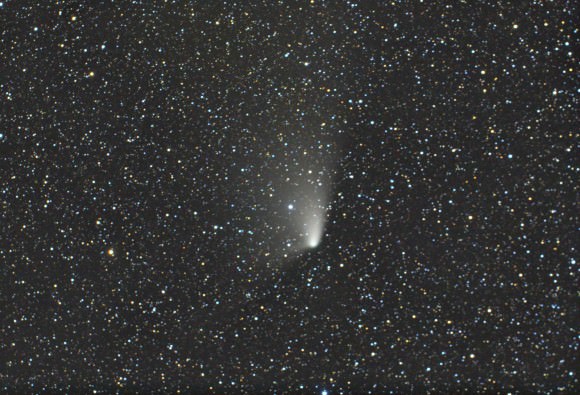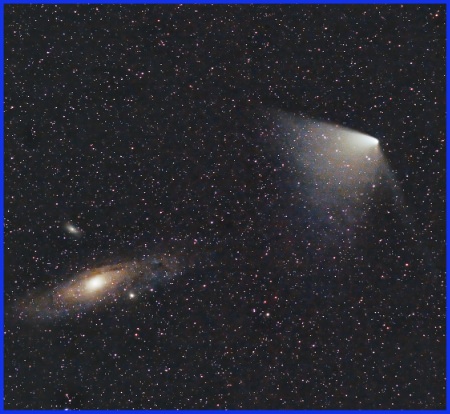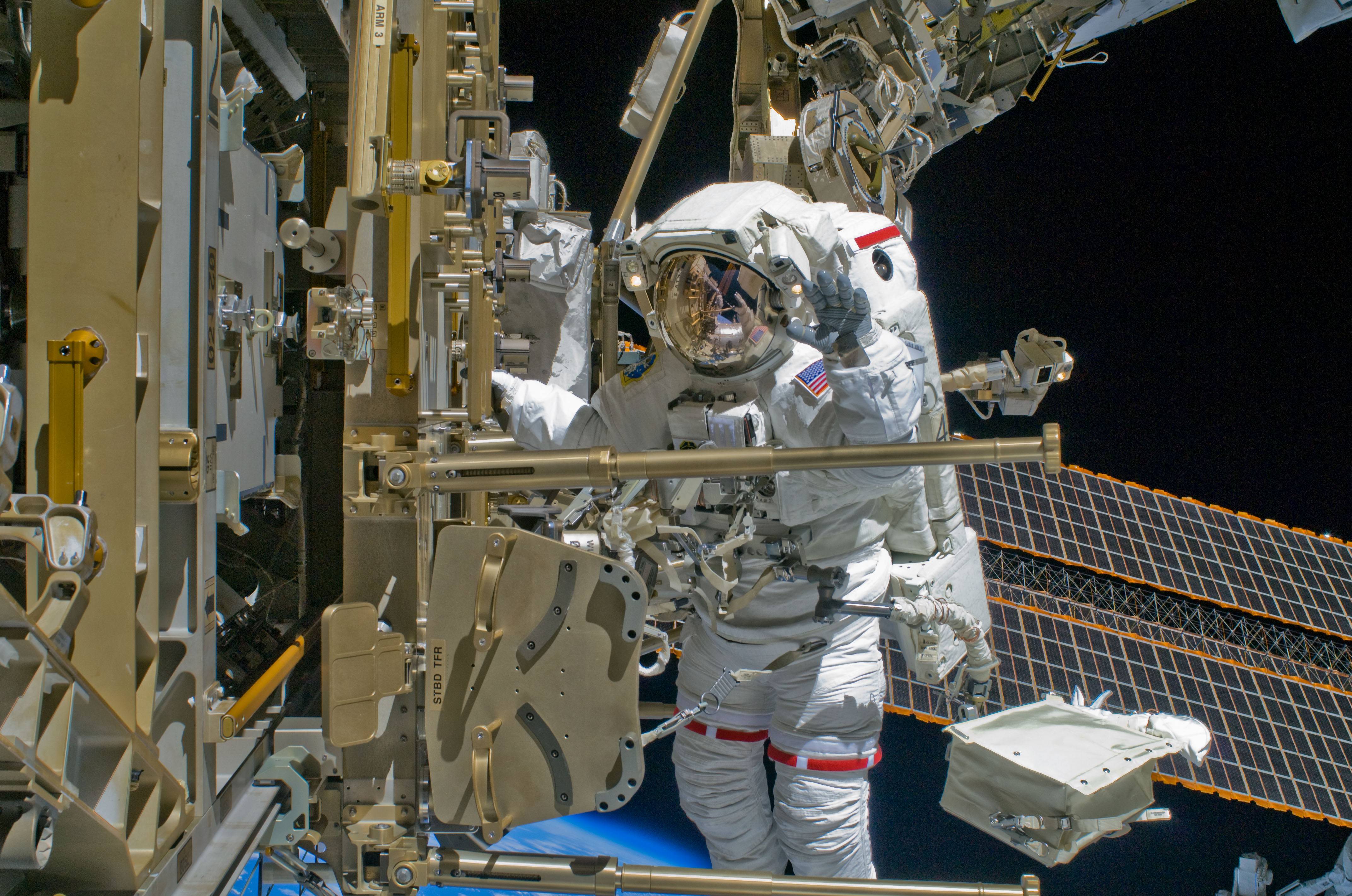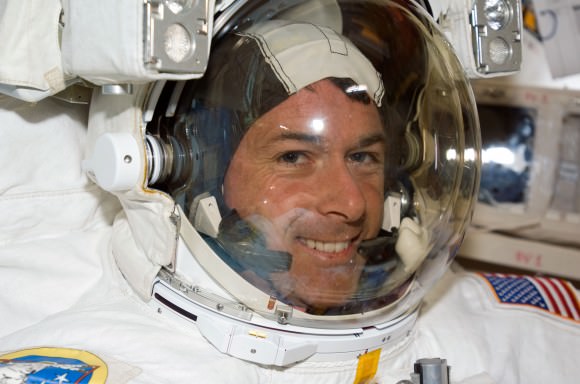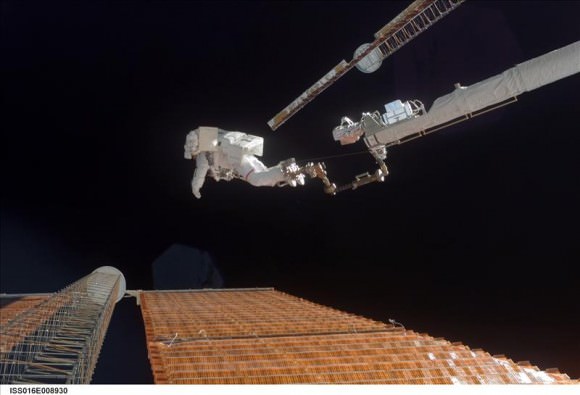Obtaining an accurate distance between the Sun and the center of our Galaxy remains one of the principal challenges facing astronomers. The ongoing lively debate concerning this distance hinges partly on the nature of dust found along that sight-line. Specifically, are dust particles lying toward the Galactic center different from their counterparts near the Sun? A new study led by David Nataf asserts that, yes, dust located towards the Galactic center is anomalous. They also look at accurately defining both the distance to the Galactic center and the reputed bar structure that encompasses it.
The team argues that characterizing the nature of small dust particles is key to establishing the correct distance to the Galactic center, and such an analysis may mitigate the scatter among published estimates for that distance (shown in the figure below). Nataf et al. 2013 conclude that dust along the sight-line to the Galactic center is anomalous, thus causing a non-standard ‘extinction law‘.
The extinction law describes how dust causes objects to appear fainter as a function of the emitted wavelength of light, and hence relays important information pertaining to the dust properties.
The team notes that, “We estimate a distance to the Galactic center of [26745 light-years] … [adopting a] non-standard [extinction law] thus relieves a major bottleneck in Galactic bulge studies.”
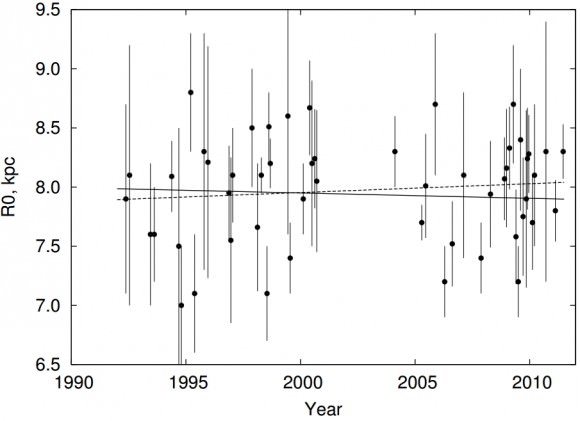
Nataf et al. 2013 likewise notes that, “The variations in both the extinction and the extinction law made it difficult to reliably trace the spatial structure of the [Galactic] bulge.” Thus variations in the extinction law (tied directly to the dust properties) also affect efforts to delineate the Galactic bar, in addition to certain determinations of the distance to the Galactic center. Variations in the extinction law imply inhomogeneities among the dust particles.
“The viewing angle between the bulge’s major axis and the Sun-Galactic centerline of sight remains undetermined, with best values ranging from from 13 to … 44 [degrees],” said Nataf et al. 2013 (see also Table 1 in Vanhollebekke et al. 2009). The team added that, “We measure an upper bound on the tilt of 40 [degrees] between the bulge’s major axis and the Sun-Galactic center line of sight.”
However, the properties of dust found towards the Galactic center are debated, and a spectrum of opinions exist. While Nataf et al. 2013 find that the extinction law is anomalously low, there are studies arguing for a standard extinction law. Incidentally, Nataf et al. 2013 highlight that the extinction law characterizing dust near the Galactic center is similar to that tied to extragalactic supernovae (SNe), “The … [extinction] law toward the inner Galaxy [is] approximately consistent with extra-galactic investigations of the hosts of type Ia SNe.”
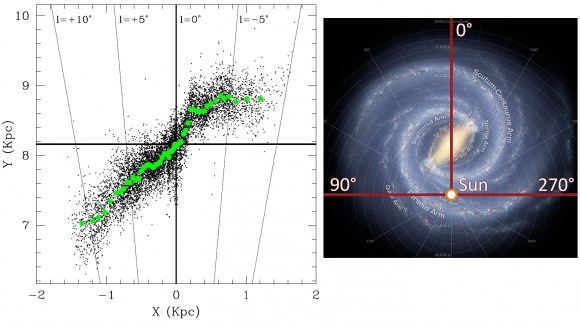
Deviations from the standard extinction law, and the importance of characterizing that offset, is also exemplified by studies of the Carina spiral arm. Optical surveys reveal that a prominent spiral arm runs through Carina (although that topic is likewise debated), and recent studies argue that the extinction law for Carina is higher than the standard value (Carraro et al. 2013, Vargas Alvarez et al. 2013). Conversely, Nataf et al. 2013 advocate that dust towards the Galactic center is lower by comparison to the standard (average) extinction law value.
The impact of adopting an anomalously high extinction law for objects located in Carina is conveyed by the case of the famed star cluster Westerlund 2, which is reputed to host some of the Galaxy’s most massive stars. Adopting an anomalous extinction law for Westerlund 2 (Carraro et al. 2013, Vargas Alvarez et al. 2013) forces certain prior distance estimates to decrease by some 50% (however see Dame 2007). That merely emphasizes the sheer importance of characterizing local dust properties when establishing the cosmic distance scale.
In sum, characterizing the properties of small dust particles is important when ascertaining such fundamental quantities like the distance to the Galactic center, delineating the Galactic bar, and employing distance indicators like Type Ia SNe.
The Nataf et al. 2013 findings have been accepted for publication in the Astrophysical Journal (ApJ), and a preprint is available on arXiv. The coauthors on the study are Andrew Gould, Pascal Fouque, Oscar A. Gonzalez, Jennifer A. Johnson, Jan Skowron, Andrzej Udalski, Michal K. Szymanski, Marcin Kubiak, Grzegorz Pietrzynski, Igor Soszynski, Krzysztof Ulaczyk, Lukasz Wyrzykowski, Radoslaw Poleski. The Nataf et al. 2013 results are based partly on data acquired via the Optical Graviational Lensing Experiment (OGLE). The interested reader desiring additional information will find the following pertinent: Udalski 2003, Pottasch and Bernard-Salas 2013, Kunder et al. 2008, Vargas Alvarez et al. 2013, Carraro et al. 2013, Malkin 2013, Churchwell et al. 2009, Dame 2007, Ghez et al. 2008, Vanhollebekke et al. 2009.
